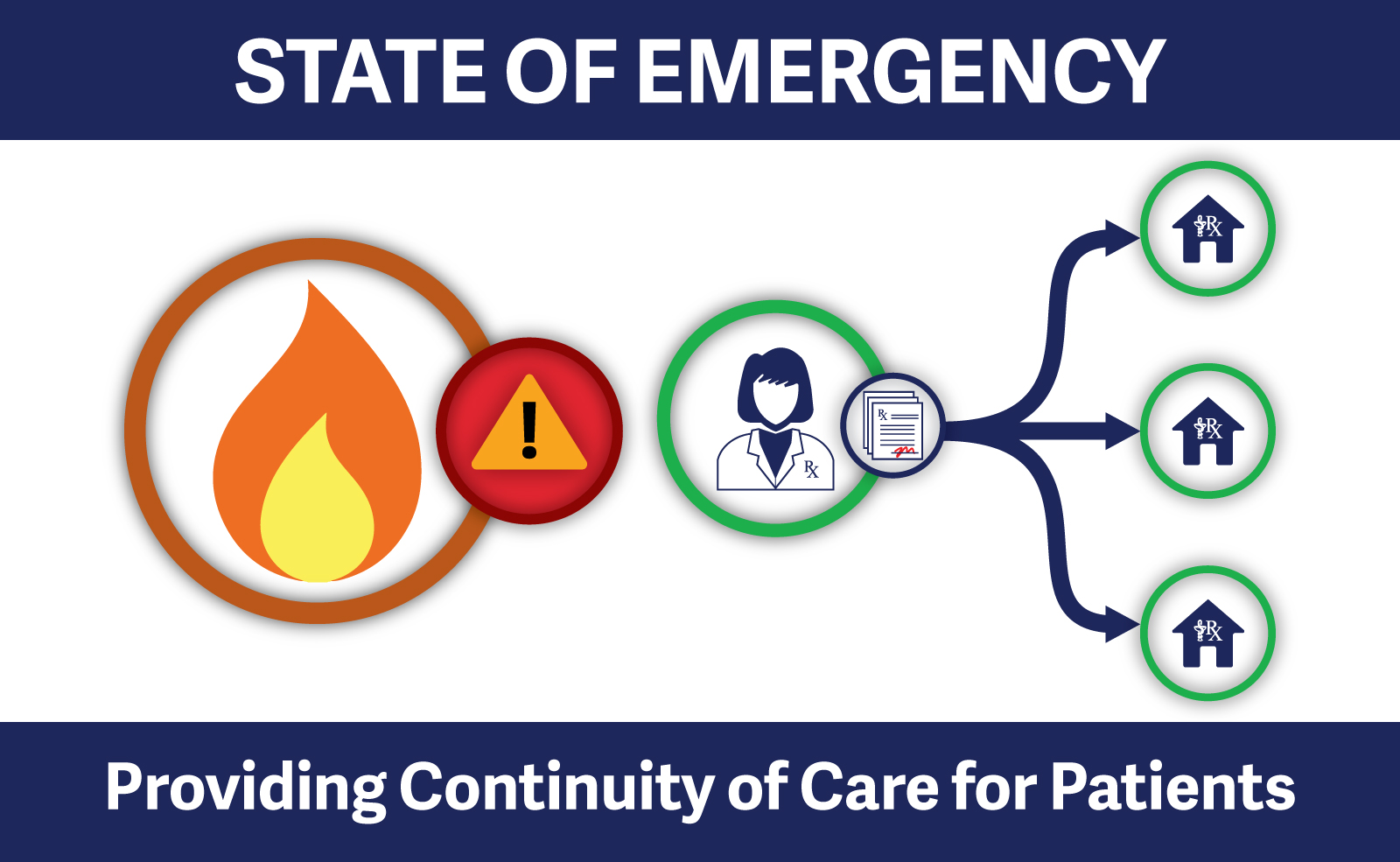
Providing Continuity of Care for Patients during a State of Emergency
BC is facing the one of the worst wildfire seasons in more than a decade, causing many to need to leave their homes. To ensure a coordinated response and ensure public safety, the Province of British Columbia declared a provincial state of emergency on July 7, 2017.
(Interactive BC Active Wildfires map by BC Wildfire Service)
With over 14,000 people displaced from their communities, pharmacies have an important role to play in providing continuity of care for patients affected by the wildfires. During a state of emergency, pharmacists are able to provide a drug without a prescription to ensure the health and safety of the public.
Professional Practice Policy 25 – Pharmacy Disaster Preparedness outlines what’s expected of pharmacists in providing continuity of care for patients during a state of emergency. Pharmacists are required to use their professional judgement, thoroughly document any medications they provide and communicate with the patient’s prescriber as soon as possible. PharmaNet also plays an important role in supporting continuity by allowing a pharmacist to review a patient’s prescriptions and medication history regardless of what pharmacy a patient typically uses.
Patients who have been displaced by the wildfires can visit a pharmacy near them to access an emergency supply of medications they may need. The College’s Find a Pharmacy tool can help patients locate a pharmacy in the community where they are staying.
Pharmacy managers should reach out to the Emergency Program Coordinator for their community to ensure they are aware of and participate in local plans.
|
PROFESSIONAL PRACTICE POLICY-25
|
Questions
For questions related to providing continuity of care for patients during a state of emergency, contact the College’s practice support at [email protected].
Pharmacists and patients can also contact the First Nations the First Nations Health Authority at 1-800-317-7878 to verify patient identification information and for NIHB billing purposes.
Links
- Provincial state of emergency declared
- 2017 BC Wildfire and Evacuation Resources
- Local Authority Emergency Management Programs
- First Nations Health Authority – Information for Wildfire Evacuees
- BC Wildfire Service – BC Active Wildfires
- Canadian Red Cross – Evacuee Registration
- Temporary Pharmacy Licence
